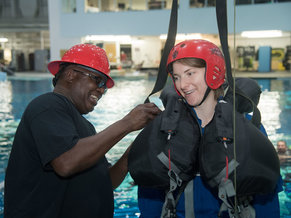
Above all | Accordingly |
Admittedly | After |
Afterwards | Albeit |
All in all | All the same |
Also | Alternatively |
Although | Altogether |
Anyhow | Anyway |
Apparently | As a consequence |
As a result | As a rule |
As an illustration | As has been noted |
As it happens | As mentioned |
As previously stated | As such |
As you can see | At any rate |
At first | At last |
At least | Being that |
Besides | Best of all |
Beyond that | Briefly |
By the same token | By the way |
By way of contrast | By way of example |
Chiefly | Concerning |
Consequently | Consider this |
Considering | Conversely |
Correspondingly | Critically |
Currently | Despite this |
Due to | During |
Earlier | Either way |
Equally | Even better |
Even more | Even worse |
Eventually | Finally |
First | First of all |
Firstly | For |
For a start | For example |
For instance | For one thing |
For this purpose | Further |
Furthermore | Generally speaking |
Given this | Granted |
Granting that | Hence |
Henceforth | Historically |
However | In a word |
In all honesty | In case |
In conclusion | In either case |
In either event | In order that |
In other words | In particular |
In reality | In short |
In should be pointed out | In spite of this |
In sum | In that |
In the end | In the event that |
In the former case | In the latter case |
In the meantime | In the past |
In view of the fact | Inasmuch as |
Incidentally | Indeed |
Initially | Instead |
It follows that | It should be noted |
Last but not least | Lastly |
Later | Likewise |
More importantly | Moreover |
Most importantly | Much less |
Much more | Much worse |
Naturally | Nevertheless |
Nonetheless | Not to mention |
Notwithstanding | Obviously |
Occasionally | Of course |
Of equal importance | Of less importance |
On the other hand | Overall |
Owing to the fact | Presently |
Previously | Provided that |
Rather | Regardless |
Second | Secondly |
Seeing that | Simultaneously |
Since | Soon |
Specifically | Subsequently |
Such as | That being said |
That being the case | That is to say |
The fact that | Therefore |
This time | Thus |
To be honest | To be sure |
To begin with | To conclude |
To get back to the point | To illustrate |
To put it briefly | To say nothing of |
To start with | To tell the truth |
To that end | Under these circumstances |
Understandably | Undoubtedly |
Unlike | Until now |
Whatever happens | Whenever |
Whereas | Whichever happens |
While | With this in mind |
With this intention | Without a doubt |
Worst of all |
Notes
Generally speaking, it is considered poor style to overuse transition words. As a rule of thumb, one per paragraph is the limit.| Overview: Transition Words | ||
Type | ||
Definition | Words and phrases that are used to establish a relationship between ideas. | |
Purpose | To establish causation, time, location, contrast or importance.To give examples.To point out exceptions, differences and similarities.To provide color and make things clear.To add ideas together, summarize or conclude. | |


































